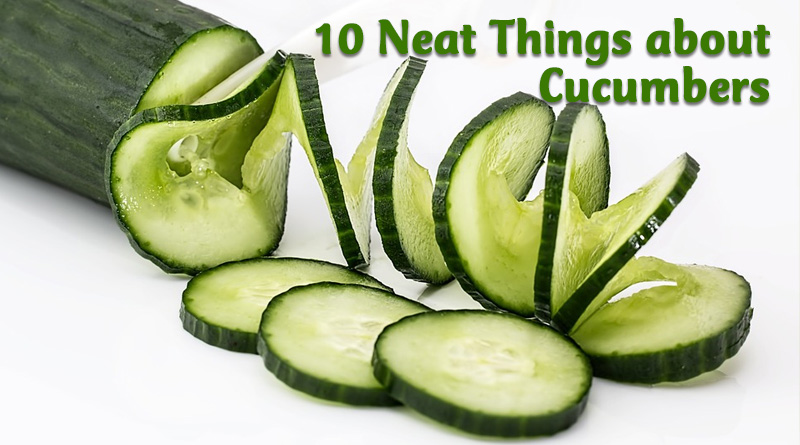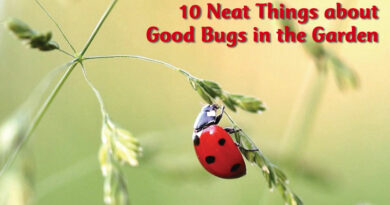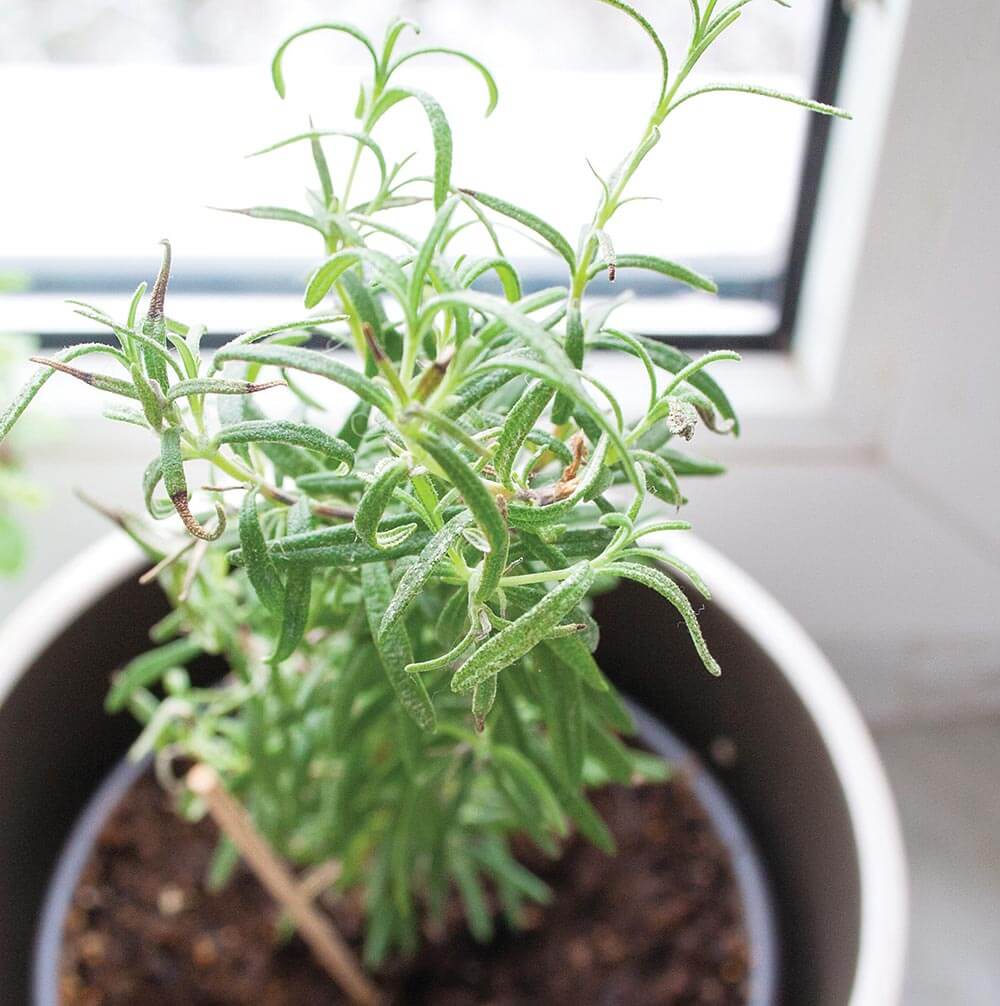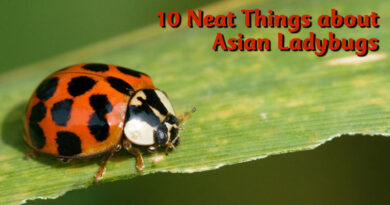About Cucumbers

1. Like broccoli with fewer calories.
Cucumbers are among the world’s healthiest foods, containing health-giving lignans and flavonoids, as do broccoli, cabbage, garlic and onions, except that one cup of broccoli contains 30 calories and one cub of cucumbers only 16. (One cup of onions contains 46 calories.) Cukes also contain 18.9 percent of the daily need for vitamin K, not to mention a long list of other vitamins and minerals.
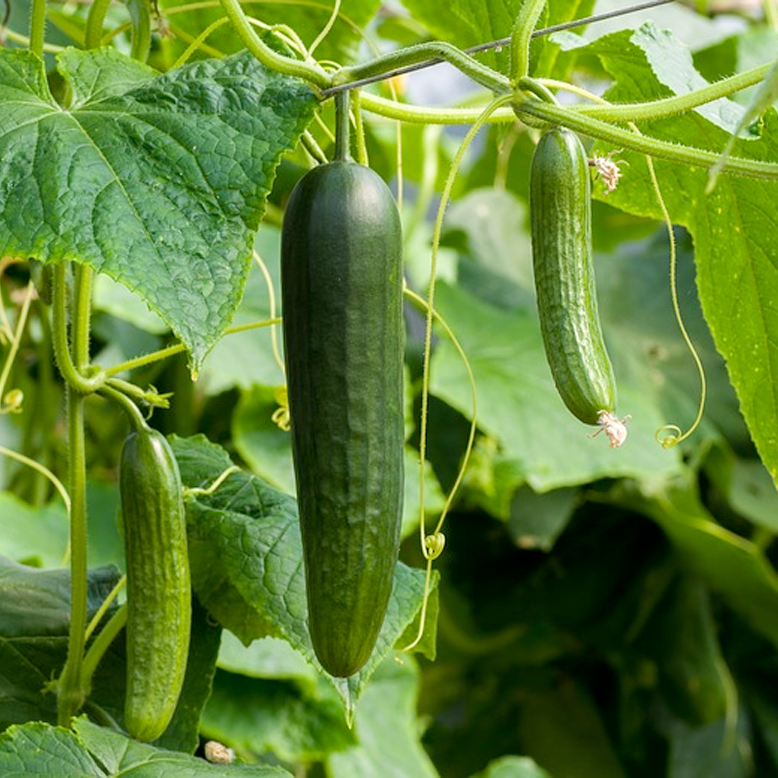
2. Fourth most cultivated.
Among the world’s healthiest foods, cucumbers are the fourth most cultivated.
3. Cukes for kings.
Cucumbers (Cucumis sativus) go way, way back in time. They were the favourite vegetable of the Roman Emperor, Tiberius, who had to have them all year round. Meeting his need was accomplished by developing primitive greenhouses made of oiled cloth. The cukes were grown in raised beds mounted on wheels so they could be moved into the sunlight.
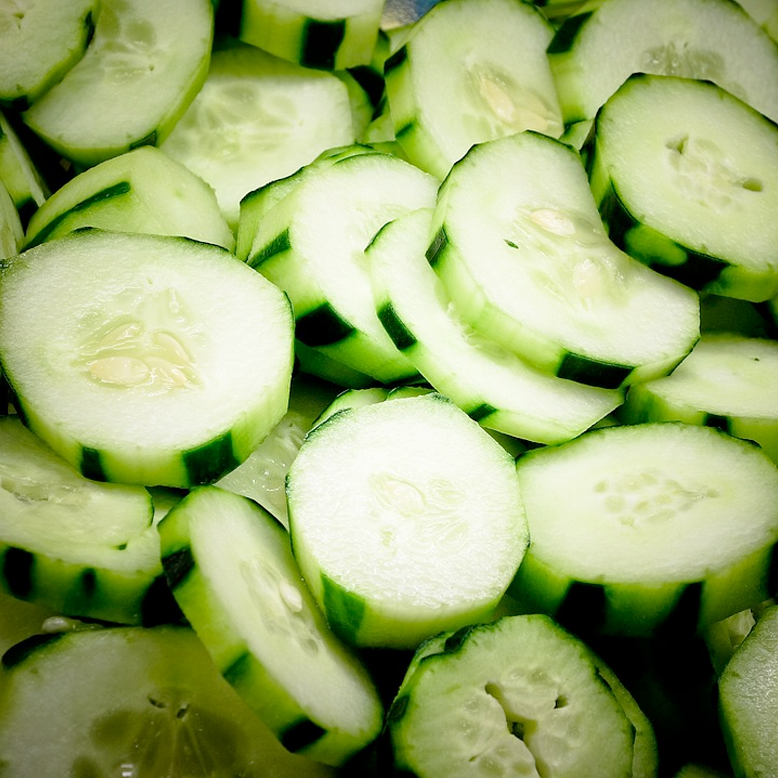
4. What’s so healthy about cucumbers?
All those lignans and flavonoids have special anti-cancer fighting properties and are implicated in the prevention of breast, uterine, ovarian and prostate cancers. They are also connected to reduced rates of cardiovascular disease. Apparently they scavenge free radicals and prevent pro-inflammation enzymes and the production of nitric oxide in the body. Eat the skins and seeds where most of the good stuff is.
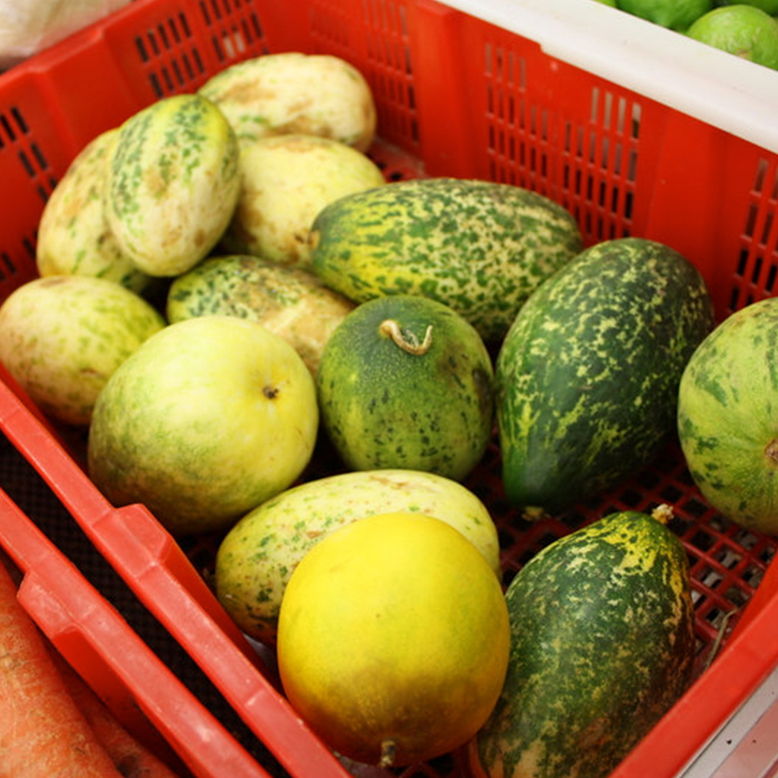
5. On the colour wheel.
Cucumbers come in a variety of colours, including yellow, white and orange as well as the standard green. We eat most cucumbers when they are unripe (ripe ones turn yellow and bitter). They are also different shapes, some being long, some being oval and some being spherical. The Dosakai yellow cucumber from India is round and yellow and often an ingredient in curry and chutney.
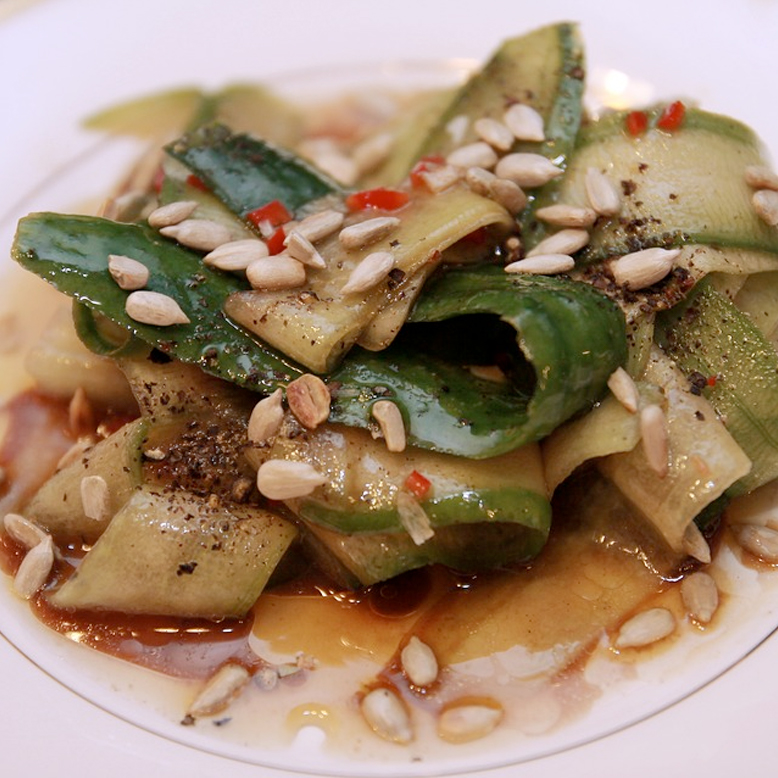
6. Eat ‘em cooked.
Mostly eaten raw, cucumbers are also delicious cooked. Try them in Asian stir fries.
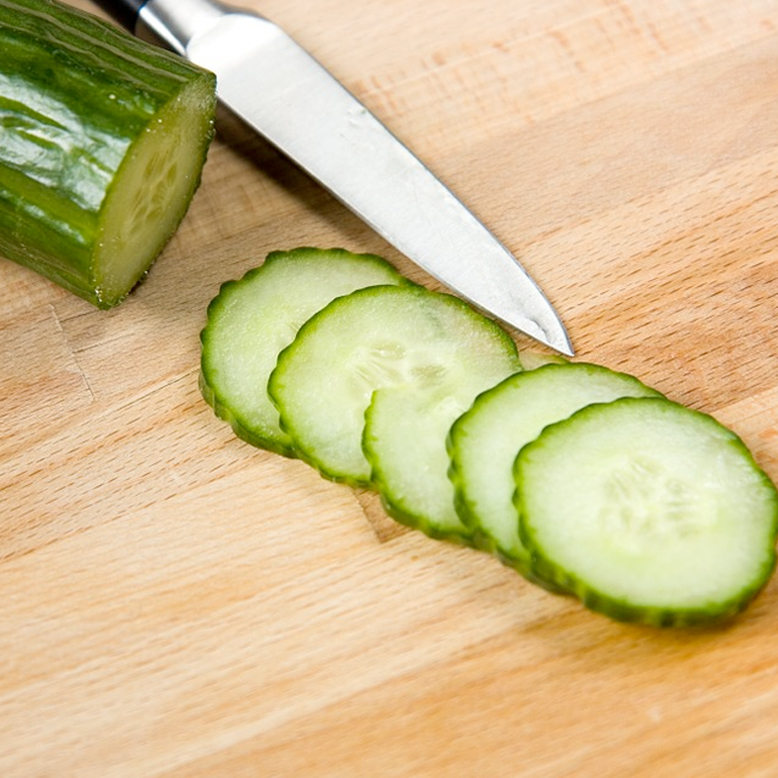
7. Slicers, picklers and burpless.
Cucumbers are generally divided into three categories: slicers can be eaten raw with their skins or peeled; picklers (the word pickle comes from the Dutch “peckel” meaning brine) are thin-skinned and usually smaller. Burpless have been bred to reduce the bitterness and the gas some cucumbers produce in certain people.
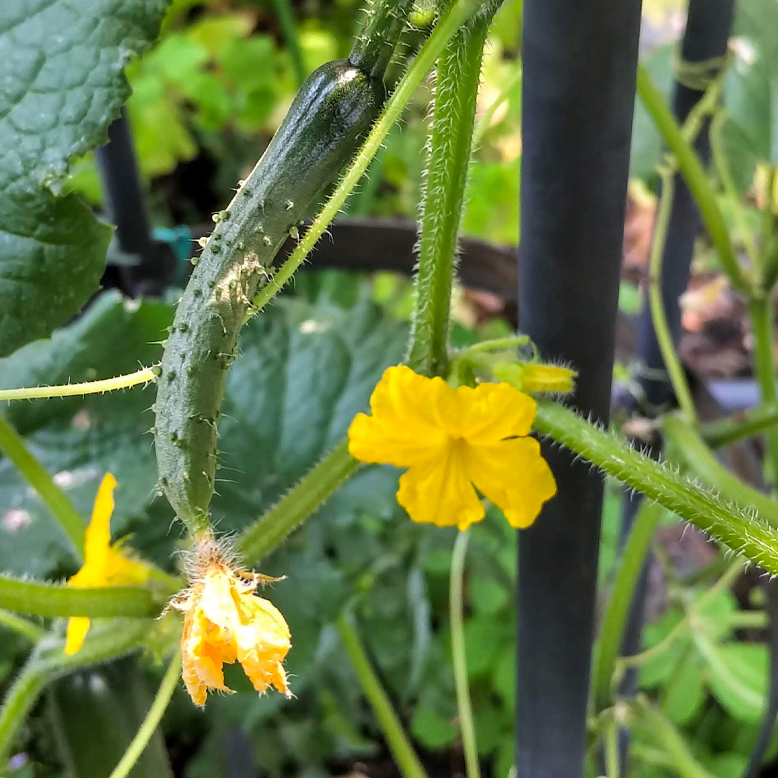
8. The somewhat sexless life of the cuke.
Seedless cucumbers are popular and come from a variety that does not need to be pollinated and is often grown in a greenhouse. This peculiarity is not a result of genetic engineering, by the way; that’s just the way they are. Other cucumbers do require pollination, however, and the pollen-bearing male flowers appear first followed by the females. Improperly or inadequately fertilized cucumbers can result in aborted blossoms or distorted fruit. Cucumbers can be pollinated by both bumble bees and honeybees, but many need pollen from another plant, so plant two unless you know what yours requires.
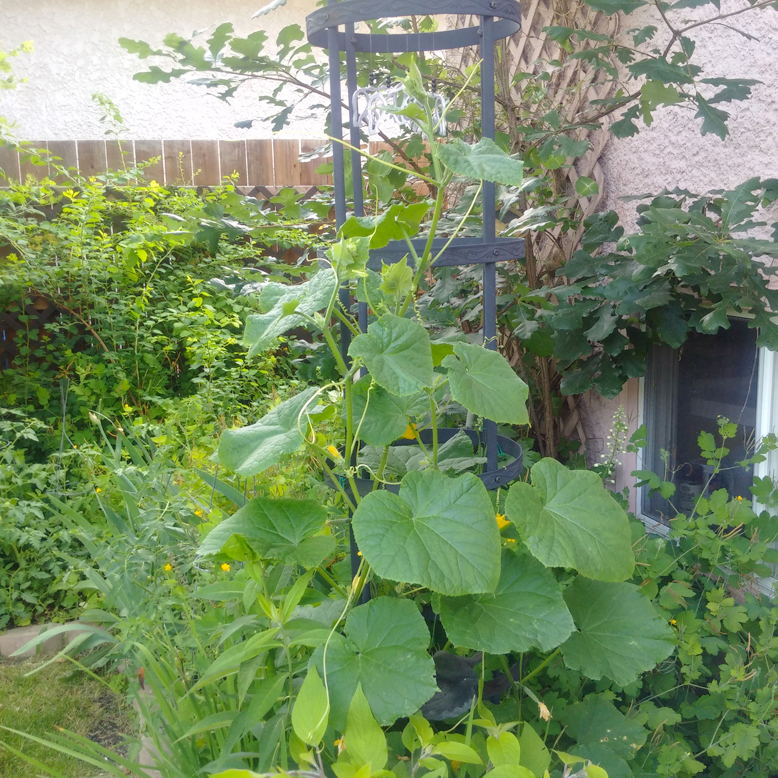
9. Reach for the sky.
Some cucumbers like to climb, putting out tough little tendrils that will wind around any likely object. This keeps the fruit off the ground and allows it to grow nice and straight. You can also grow smaller climbers as trailers in a hanging basket. There are also bush cucumbers which stay more compact.
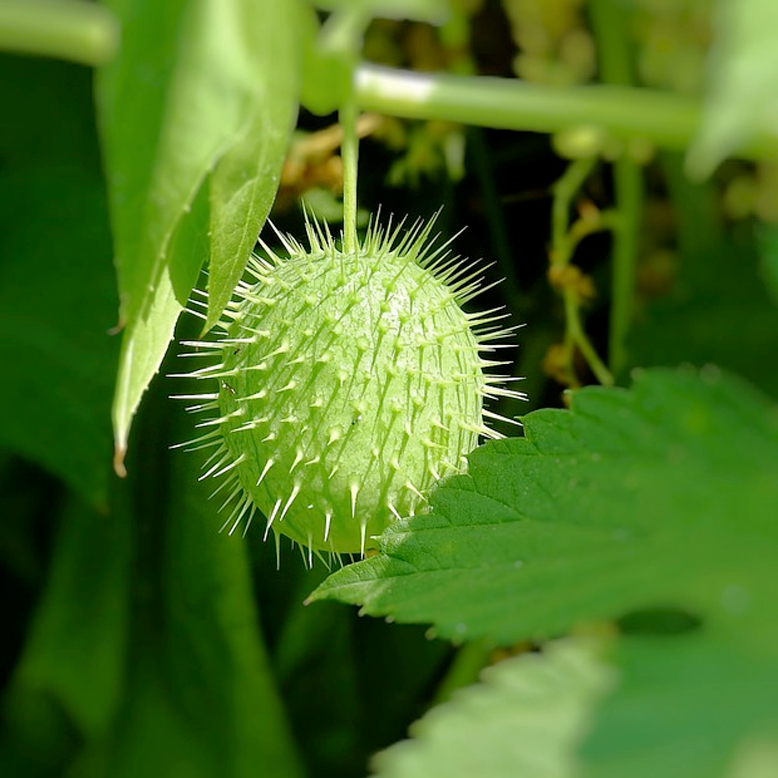
10. Wild cucumber.
Echinocystis lobata the so-called wild cucumber, grows pretty well everywhere in Canada. It often shows up in gardens as a vine with branching panicles of white flowers that are very pretty. This is an annual plant produced by seeds. The spiny fruits, that look just like small oval cucumbers, are not edible. The ripe fruits will turn dry and brown, then burst open with energy to disperse their seeds. A nice climber in an untamed garden.
– Dorothy Dobbie Copyright©
Pegasus Publications Inc



